How Do MVHR Systems Work
MVHR systems are an extremely helpful tool in maintaining adequate ventilation in your home, whilst also saving heat. But how exactly do MVHR systems operate that allows for them to provide these benefits?
In this blog, we will discuss the question ‘How do MVHR systems work?’
To prevent mould, fresh air should always be introduced into your dwelling daily, as it helps to regulate temperature and reduce condensation. Introducing fresh air can be as simple as having a ventilation routine, or installing extractors/ MVHR units or PIV systems.
Having an understanding of the uses and reasoning for ducting can be just the information you require in order to get the correct ducting to fit your needs. Knowing how their differences can save you any potential mistakes if you choose to set it up yourself.
i-sells is here to provide the answers you require whilst also supplying you with all the information you need to combat mould and have a well-ventilated home.
What does MVHR stand for?

MVHR, or Mechanical Ventilation with Heat Recovery, is a ventilation system that brings fresh, filtered air into your home while recovering heat from the air being extracted.
Essentially, it works by drawing stale air from rooms like bathrooms, kitchens, and utility areas. This air passes through a heat exchanger, where its warmth is transferred to incoming fresh air before being expelled outside. The now-warmed fresh air is then circulated throughout your home.
By recycling heat in this way, MVHR systems significantly reduce energy loss compared to traditional ventilation methods, helping to maintain a comfortable indoor climate while cutting energy bills.
Does MVHR kill mould?
MVHR systems do not eliminate mould. While they create an environment less conducive to mould growth by improving air circulation and reducing humidity, they won’t remove existing mould. To tackle mould, you need to address the root cause and clean the affected area.
That said, by preventing the conditions mould thrives in, MVHR systems can help stop mould returning, and in some case, reduce the speed of its spread.
To remove mould, you can try natural solutions like white vinegar or opt for commercial mould removal products. If the mould is extensive or persistent, professional cleaning might be necessary.
How do MVHR systems work?
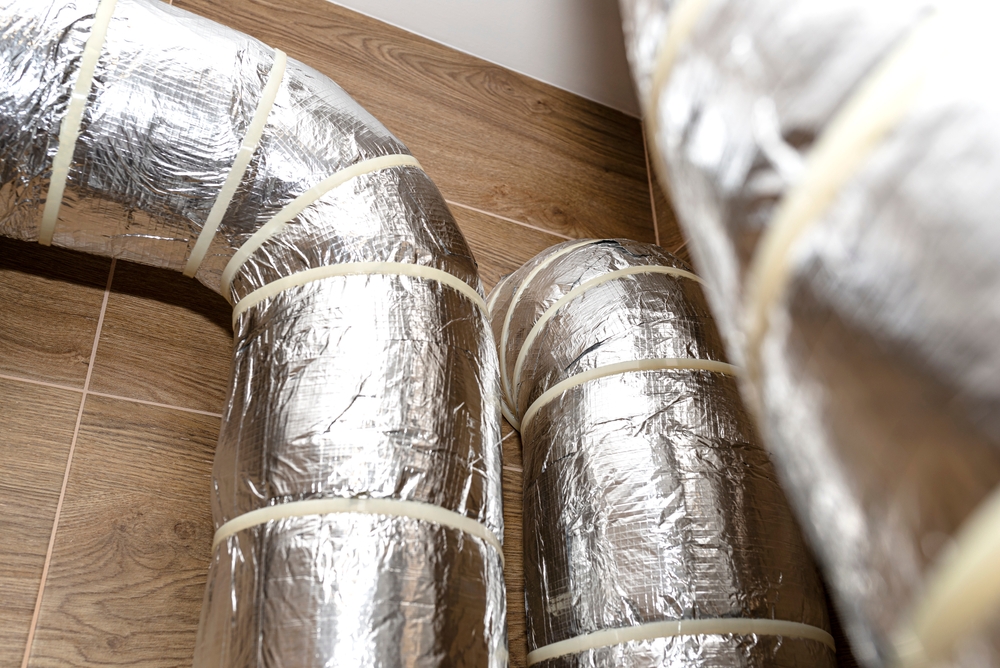
An MVHR system is a sophisticated piece of technology designed to improve indoor air quality while reducing energy consumption. At its core, it’s a ventilation system that continuously exchanges stale air for fresh air, but with a crucial twist: it recovers heat from the outgoing air to warm up the incoming air.
The process begins in the ‘extract’ side of the system. Fans draw stale air from ‘wet’ areas of the home such as bathrooms, kitchens, and utility rooms. This air is then passed through a heat exchanger.
The heat exchanger is a core component. It’s essentially a network of thin-walled passages that allow heat to transfer between two air streams without the air itself mixing. As the warm, moist, stale air passes through one side of the exchanger, its heat is transferred to the incoming fresh air passing through the other side. This is achieved through the principle of conduction, where heat moves from a warmer object to a cooler one.
The newly warmed fresh air is then re-distributed, either to the room the unit is in, or other areas of the building, depending on the type of MVHR unit (single or multi-room). This ensures a constant supply of clean, filtered air while minimising heat loss.
The efficiency of the heat exchanger is crucial. High-quality systems can recover up to 90% of the heat from the extracted air. This recovered heat significantly contributes to reducing energy consumption for heating the home.
By combining efficient ventilation with heat recovery, MVHR systems offer a sustainable and comfortable living environment.
Is MVHR better than an extractor fan?
While both MVHR systems and extractor fans contribute to ventilation, they serve different purposes and offer varying levels of efficiency.
Extractor fans are designed to remove damp and stale air from specific rooms, primarily bathrooms and kitchens. They are effective at preventing mould and condensation in these areas. However, they do not introduce fresh air and can lead to heat loss.
MVHR systems, on the other hand, provide a more comprehensive approach to ventilation. They continuously extract stale air from the whole house while simultaneously introducing fresh, filtered air. The key advantage of MVHR lies in its ability to recover heat from the extracted air and transfer it to the incoming fresh air, significantly reducing energy consumption.
While extractor fans are suitable for targeted ventilation in specific rooms, MVHR systems offer a more holistic approach to indoor air quality and energy efficiency. For a healthier and more energy-efficient home, an MVHR system is generally considered a superior option.
Can I install MVHR myself?
Installing a MVHR system yourself is technically possible, but it’s not recommended for most people.
While there are DIY enthusiasts who have successfully installed MVHR systems, it’s a complex task that requires a good understanding of ventilation systems, ductwork, and electrical work, You should be aware of:
- Technical knowledge: Installing an MVHR system requires a good grasp of ventilation principles, ductwork design, and electrical systems.
- Balancing: Achieving the correct balance of airflow throughout the system is crucial for optimal performance and can be challenging without experience.
- Regulations: Building regulations and electrical safety standards must be adhered to, which can be complex to navigate.
- Potential issues: Incorrect installation can lead to reduced efficiency, noise problems, or even damage to the system.
If you’re considering a DIY installation, it’s essential to do thorough research, seek expert advice, and be prepared for potential challenges. For most people, hiring a qualified installer is the safer and more reliable option.
That being said, if you are confident to install the unit, it is at your own risk. Regardless, when it comes to electricity, any and all wiring must be completed by a qualified electrician. By ignoring this, you are not only jeopardising the safety of yourself and other people in the building, but also compromising a section, if not all, of the electrical set-up.
MVHR options for you
Below is a brief look at a couple of our MVHR options on either side of the price range.
- Vent Axia Lo-carbon Tempra Single Room Heat Recovery Unit – Humidistat Timer Pull cord (Price: £470.90)
- This is a single-room heat recovery unit, suitable for smaller areas like bathrooms or utility rooms.
- It features a built-in humidistat and timer for automatic control.
- It might be a good option if you’re looking for a cost-effective solution for a specific room that needs improved ventilation with heat recovery.
- Nuaire Mrxbox-ECO Heat Recovery Unit – ECO5 Opposite handed with bypass and humidistat (Price: £2,105.40)
- This is a more comprehensive MVHR unit suitable for whole-house ventilation.
- It includes a bypass function, allowing for fresh air to bypass the heat exchanger during warmer months.
- The presence of a humidistat suggests automatic humidity control.
- Given the higher price point, this unit is likely more powerful and suitable for larger homes.
Find the right MVHR system today
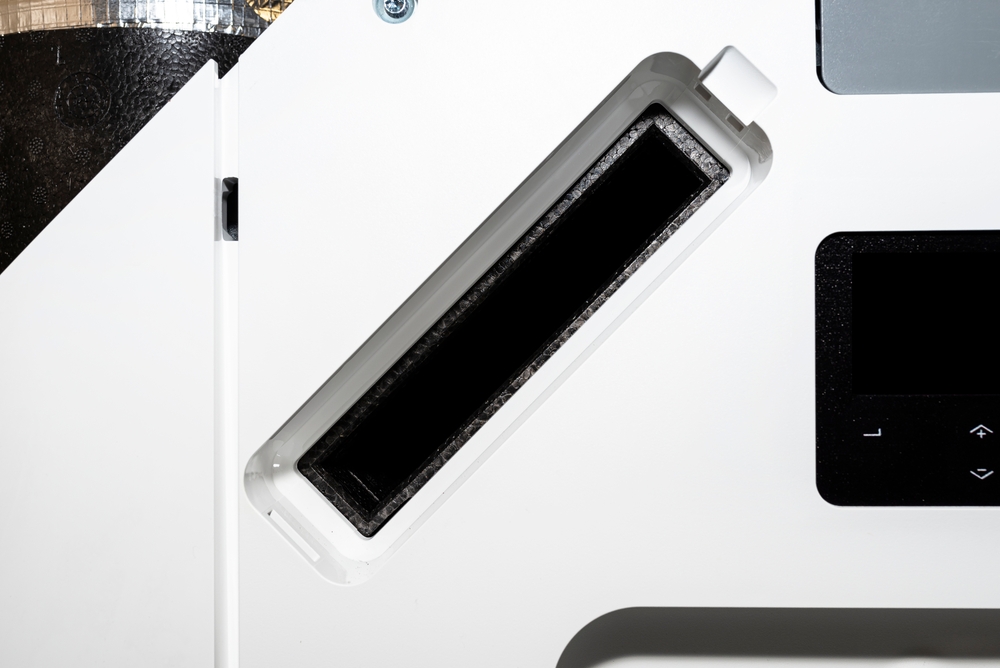
Before deciding to invest in our mould solutions. Be sure to visit our blog page to gain knowledge on the wide array of factors and issues surrounding ventilation, mould, condensation, and the excellent solutions we offer for all things ventilation.
We hope to have given you relevant information in answering the question of today’s blog, which ‘How do MVHR systems work?’
We understand you may have more questions, do not hesitate to contact us for more information with regard to whatever you require our help with. If you’d like to email us, click here. For other contact options, see below:
Call us on 020 8463 9696
Visit us at our showroom:
*OPENING TIMES*
Monday – Friday: 8:00 am to 5:30 pm
15 St John’s Parade
Sidcup, Kent
DA14 6ES
United Kingdom

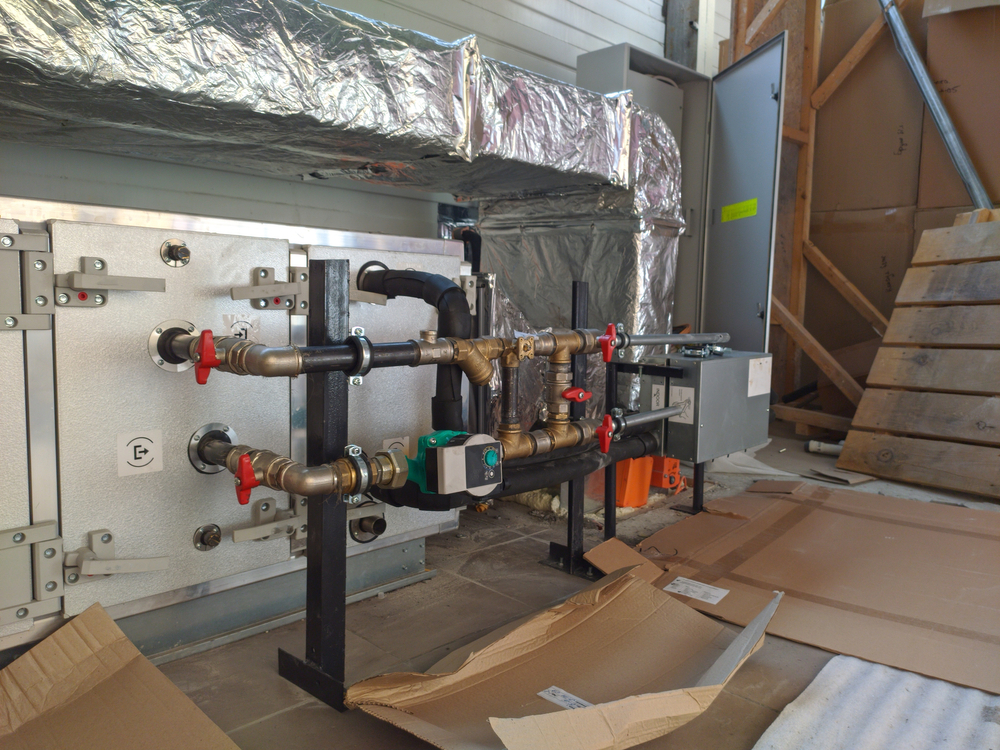



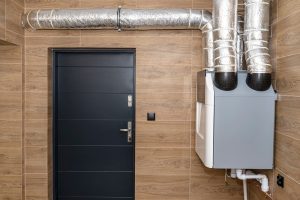
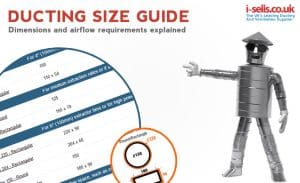


















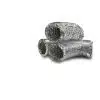

Add comment
You must be logged in to post a comment.